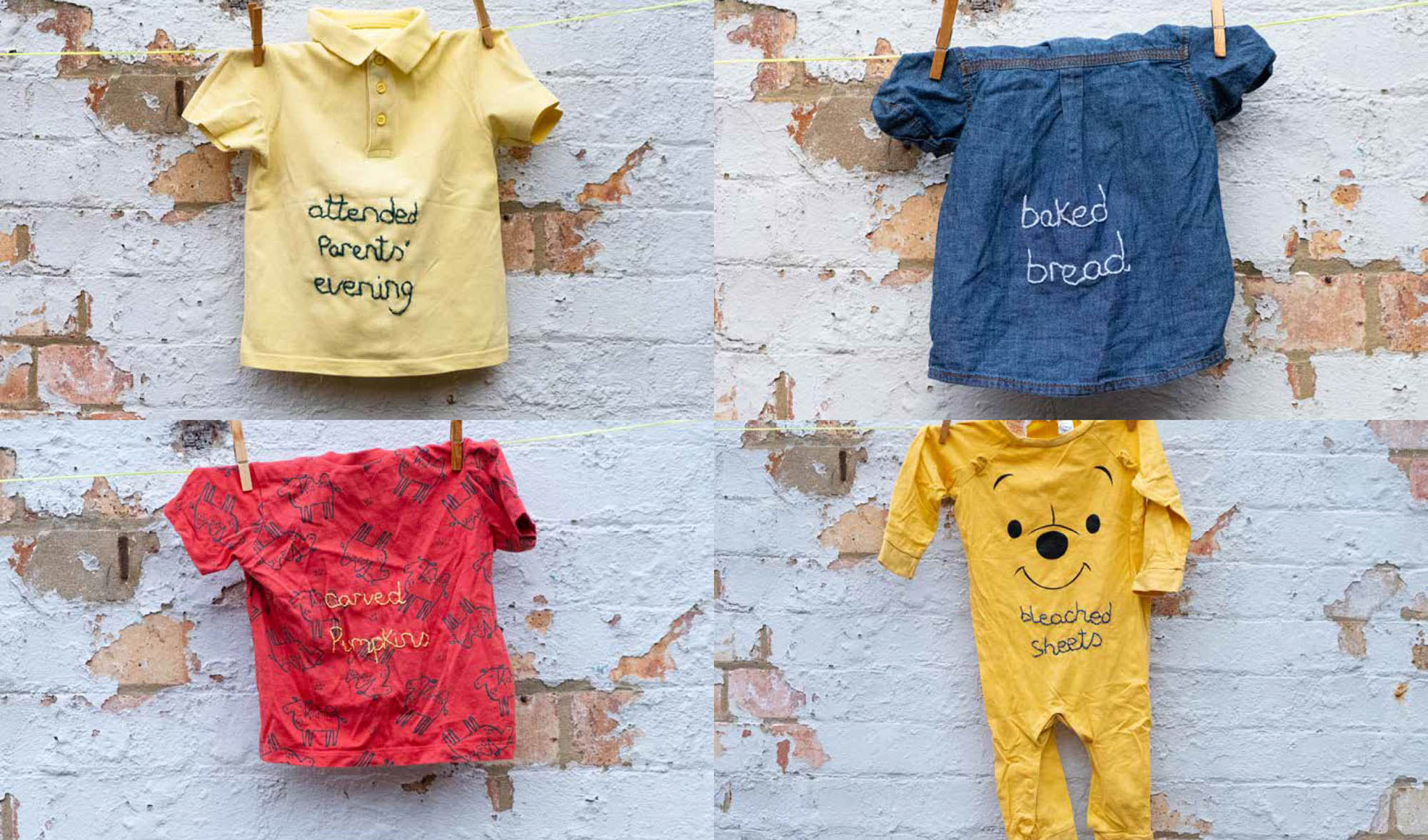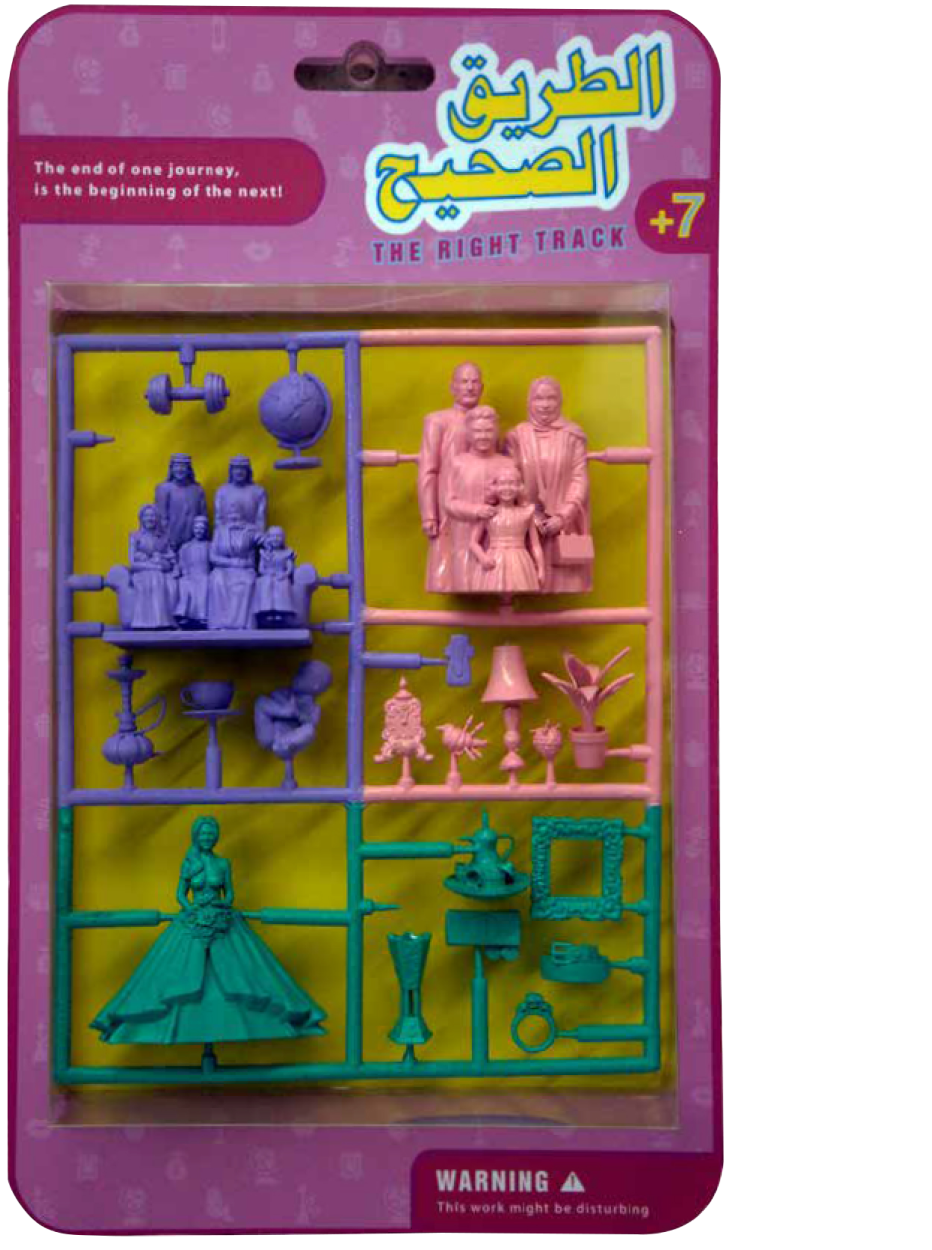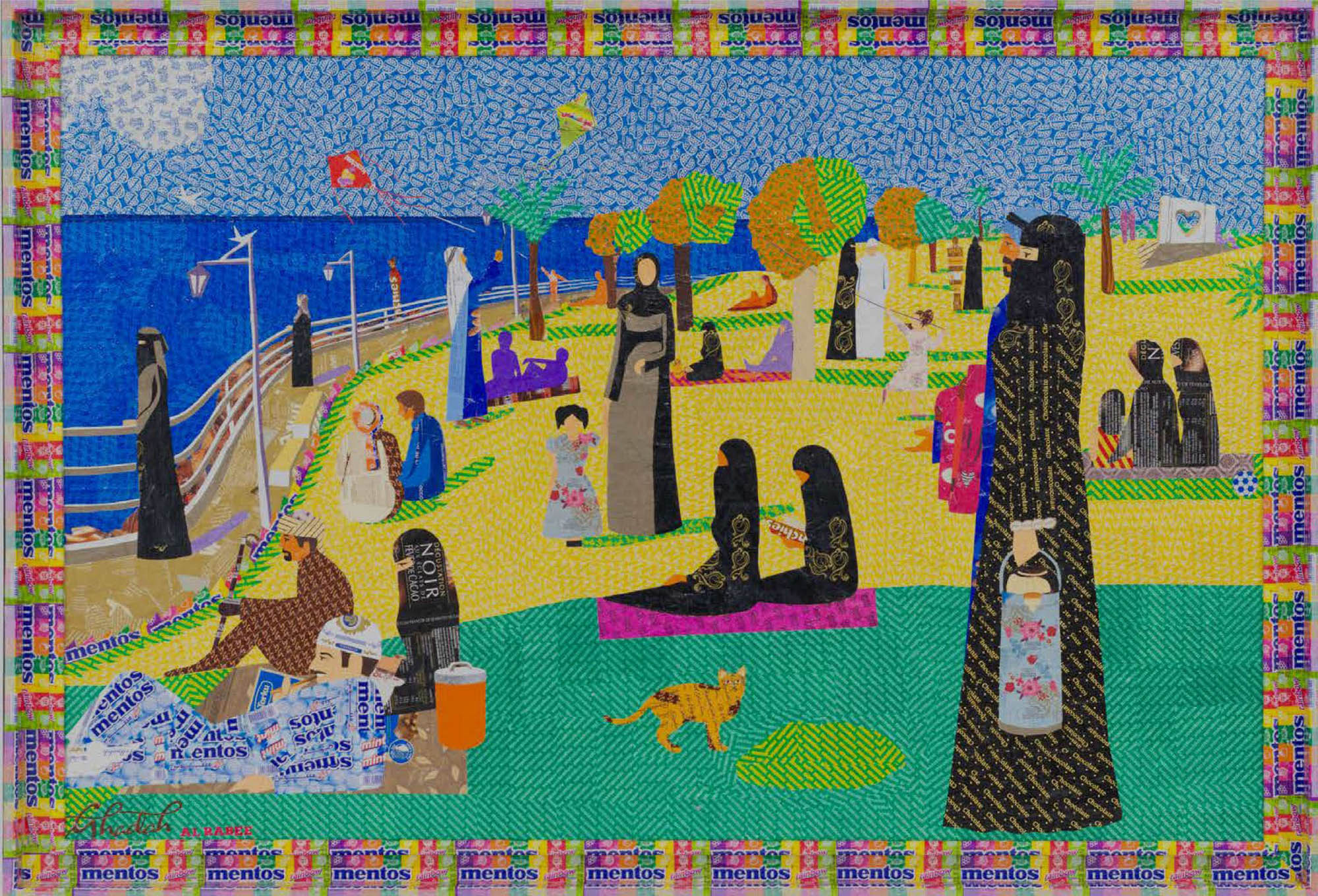Childhood
The well-known painting titled 'Doha ya Doha,' by iconic Saudi artist Dia Aziz Dia.
“Iftah ya sim sim abwabak nahnou al atfal, Iftah wa istaqbel As-habak nahnou al atfal...” [Open sesame your doors, we are the children, Open and welcome us, your friends, we are the children.]
It is the song that every Arab child of the 1980s and 1990s (and a few today watching YouTube) knows by heart. When that ‘la la la la’ song came on, it was time for ‘Iftah Ya Sim Sim’ the Arabi adaptation of US television’s Sesame Street, literally translated as “open sesame.” And truly, like that folk tale of “Ali Baba and the Forty Thieves” from the 1,001 Nights—where ‘open sesame’ were the magic words to open a cave of treasures—all wonders and magic open up to children’s curious minds and adventurous hearts. In homage to those fun, sometimes difficult times, Ithraeyat pays its tribute to Childhood. From our favorite candy to board and
video games, to cartoons and songs to fairytales and toys, we each have a special attachment to those days when all was possible, even creating a spaceship from discarded cardboard boxes and blankets. A great part of our childhood is shared with our families, and so we chose the intimate and beautiful piece of a father and his children playing after a long day of work. The wonderful cover art is by the iconic Saudi artist Dia Aziz Dia, titled ‘Doha ya Doha’ which is a traditional song that the father sings while swinging his child on his knees, and it ends by lifting the child up in a flying position, and asking the child: ‘Who do you love the most? Mama or Baba?’ Painted in sentimental oil colors, the piece is dear to the artist as it captures playful moments he shared with his children and grandchildren. Take a moment to reflect over your own childhood, and some of its unforgettable moments.

Lebanese multi-medium artist Aya Haidar relooks at everyday found objects and offers them alternative readings through hand-embroidered interventions, proposing new narratives that contribute to wider dialogues on cultural remembrance, shared stories and identity. These pieces featured here are part of Haidar’s latest body of work, titled Highly Strung. Exhibited at Art Dubai Portrait Exhibitions (17-20.3.2021). Courtesy Aya Haidar and Athr Gallery, Jeddah.
of the human experience. Using 3D print, the work grapples with the idea of a mold that one finds themselves brought into and is shaped by the ideals and values of one’s family and society. The piece reflects three life phases. The Past: In the upper section of the box, the artist uses her own family photographs that symbolizes the presence of a typical happy household.

‘The Right Track,’ by Joud Fahmy. 2020. 3D print and
mixed media. 34.5 x 20.5
In the elements of the lower part of this box, lies a compilation of various items relating to the daily-life experiences of growing up that become part of childhood memories. Present: It is split into two parts; the right side compiles the various items that showcase the process of the artist’s own character development of taste and views in the coming of age journey,
featuring some wedding customs and traditions that relate to the left side of the box. Future: Depicting the unpredictability of this phase, the items included in this part are sporadic and random, indicating the various crossroads and paths that the future holds. Courtesy of the artist and Hafez Gallery.


